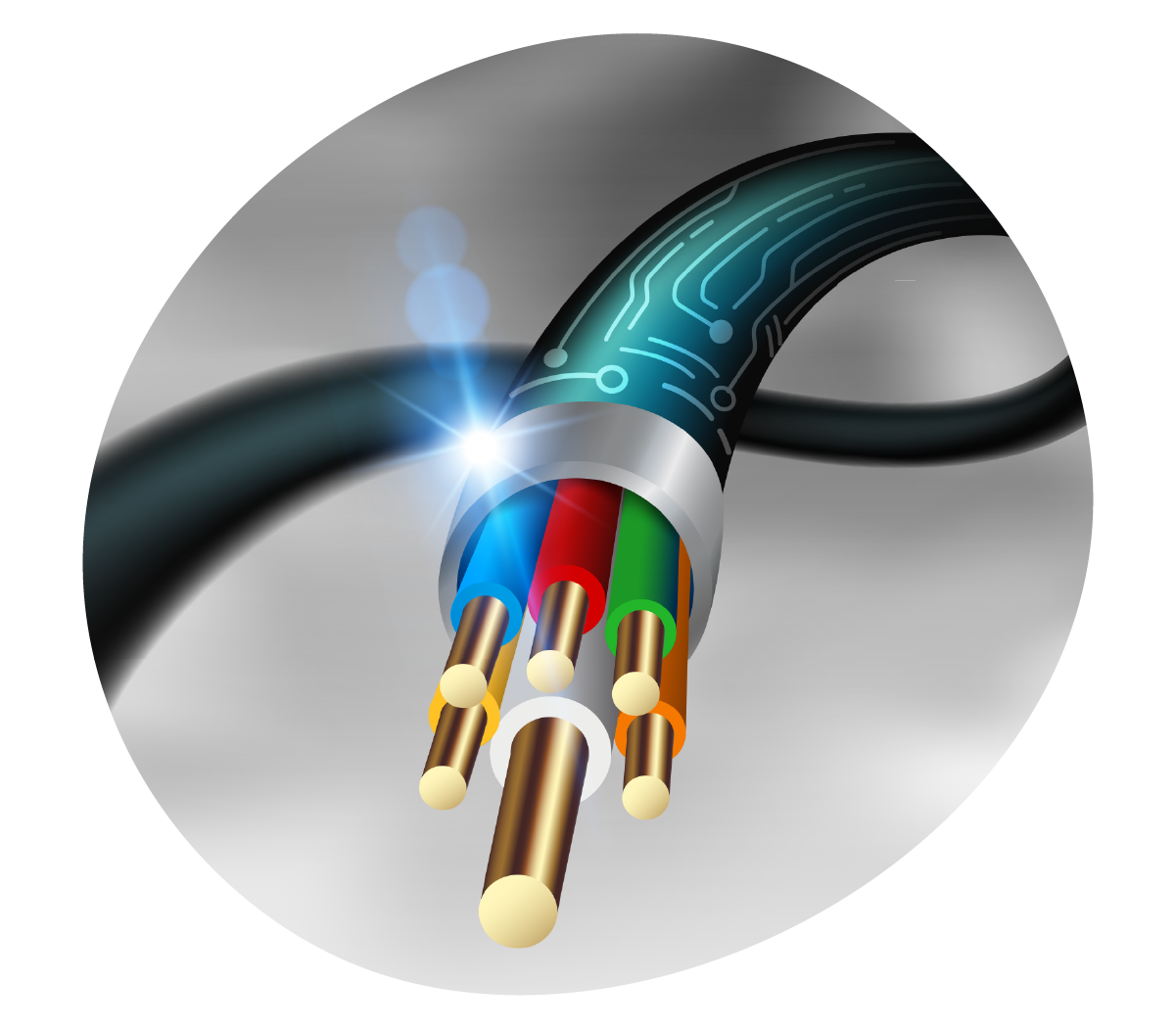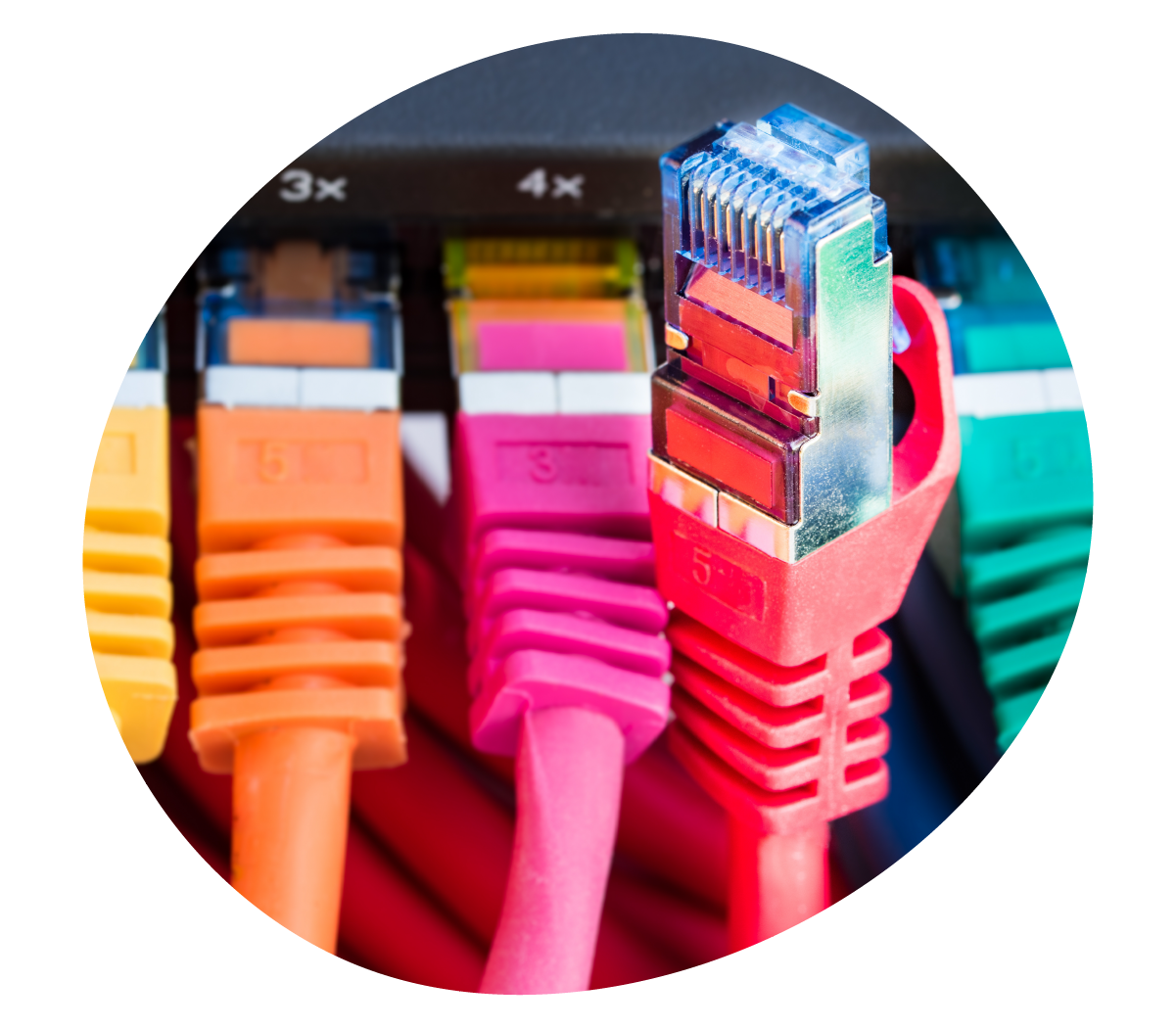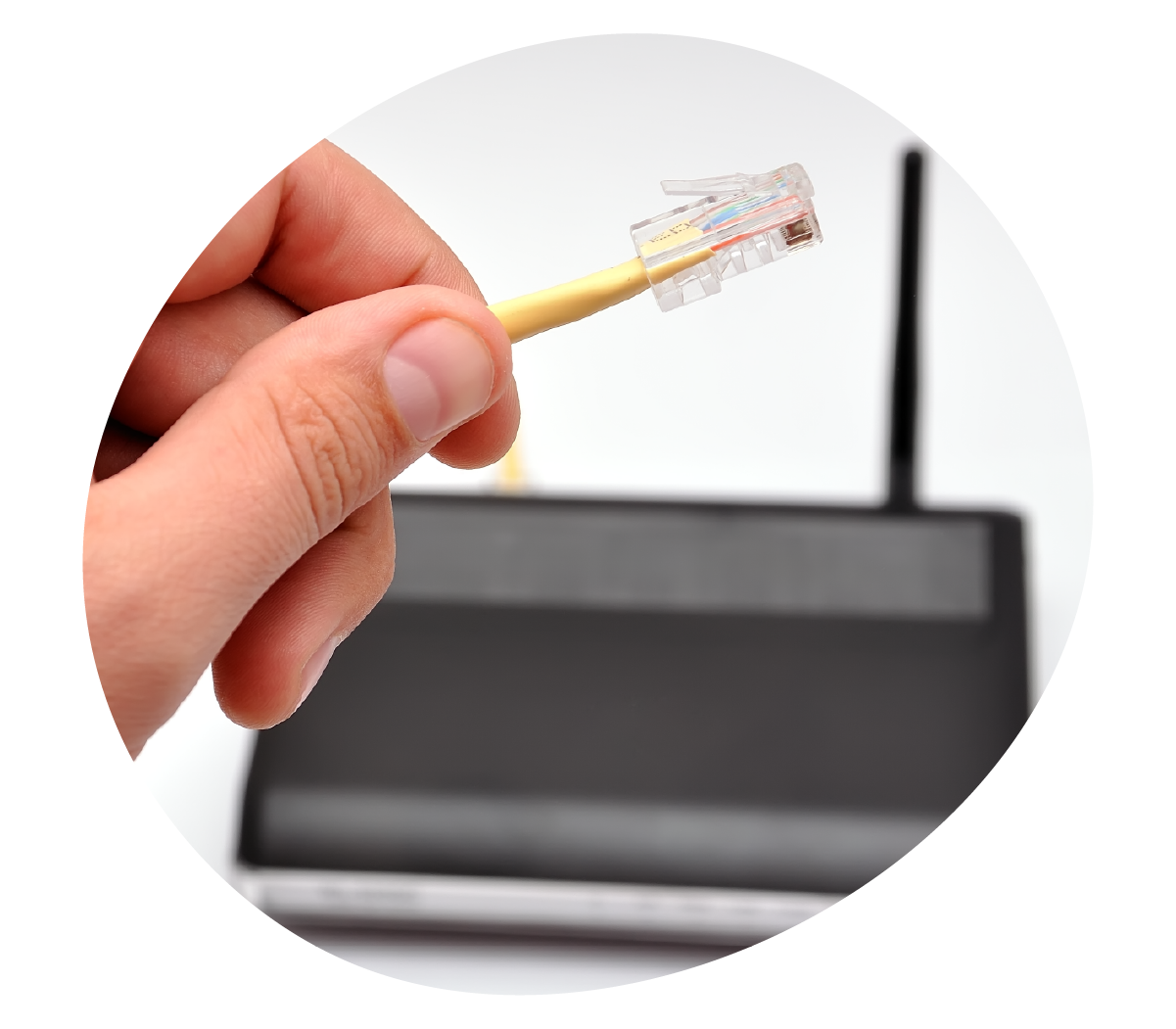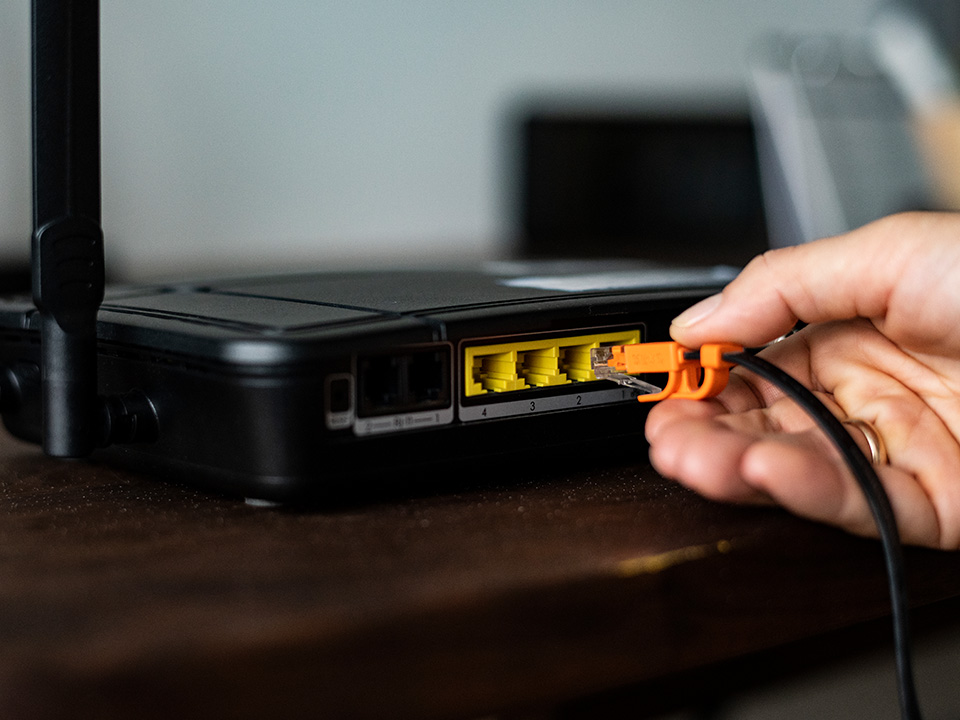Why Fiber Broadband

Maximising your Wi-Fi Connection: Tips and Tricks
April 19, 2023Fiber is future proof. VORTEX Fiber (The Lightning-Fast Giga Fiber Broadband) connection helps you immensely by enabling your access to the best digital tools and content for entertainment, education and communication. India’s fastest internet is here. Go full throttle with 1 Gbps. 1 Gbps broadband means multiple connected devices streaming 4K content simultaneously, never having to buffer, seamless online gaming and everything you need to ensure your productivity / entertainment fruitful. For your business, it means multiple connected employees, machines and locations, faster upload to cloud, faster financial transactions and enough bandwidth to support all critical applications. We are one of Western India’s largest 1 Gbps network present across Mumbai, Maharashtra, Gujrat & Goa.
Powerful Wi-Fi
You will get cutting edge Wi-Fi technology in your home/office with our high-performance network, VORTEX Fiber (The Lightning-Fast Giga Fiber Broadband).
Entertainment like in the movies
Stream crystal-clear 4K content without the pain of buffering with VORTEX Fiber (The Lightning-Fast Giga Fiber Broadband).
Amazing video call
With unlimited data, keeping in touch is not just a call, but a video away with VORTEX Fiber (The Lightning-Fast Giga Fiber Broadband).
Zero Latency Gaming
Quick reaction and seamless gameplay, only possible with India’s Fastest Internet VORTEX Fiber (The Lightning-Fast Giga Fiber Broadband).
Here is the comparison between the latest Fiber & older technology.
|
Fiber |
Cable |
DSL, VDSL, V-Fiber |
|
|
Reliability |
No interference, Longer distances, Easy to maintain |
Shared Connection, Not safe, Speed fluctuates |
Signal Loss over Distance, Prone to Electrical Interference |
|
Speed |
Up to 10 Gbps upload & download Future proof |
Up to 100 Mbps download Speed slows down at peak time |
< 50 Mbps download, < 6 Mbps upload |
|
Price |
Less than a Candy’s Price Per MB |
~ ₹20 per Mbps |
~₹26.5 per Mbps |
|
Content |
Flawless 4K Video Buffer Free Gaming |
Limitation on Video Buffering (Peak time) |
Limitation on Video Buffering (generally) |
Fiber
Fiber optic connection offers many advantages over conventional copper cable lines. It can transmit data much faster over greater distances. Since the conductor is glass and transmit pulses of light instead of electricity, fiber broadband is immune to outside electromagnetic interference such as lightning or high-voltage power lines. So, with fiber- optic, there is less chance of your computer sustaining lightening related damage. Hundreds or thousands of fine glass fibers can be bundled into a single optic cable. The design allows digital information to travel longer distances with very little degradation. Speeds of a fiber optic connection can reach up to 10 Gbps.


Cable
People sometimes confuse cable with fiber, cable connection utilizes the coaxial cable that connects to your television set. In contrast to DSL, the quality of a cable connection does not depend on distance so your speed is guaranteed regardless. However, unlike DSL, which runs on a dedicated line, cable connections are typically shared amongst your neighbours, making it a slightly less secure option and because cable Internet works on shared bandwidth, speeds can be affected at times of peak usage. When neighbours use their connections at the same time, speeds may vary. As far as speed goes, cable connection can give you up to 3 times faster speeds than DSL.
DSL
Direct subscriber line is basically internet delivered on your telephone line. Telephone networks are built on copper wires. While copper is a good conductor, data cannot travel as quickly via telephone lines as it can with fiber optic systems. Speeds are historically the slowest of available internet services. Asymmetrical DSL (ADSL) offers download speeds of up to 15Mbps and upload speeds reaching 512 Kbps. The other DSL variation is Very-high- bit-rate DSL (VDSL), which offers higher speeds of up to 50 Mbps download 6 Mbps for upload speed. The main limitation of ADSL and VDSL is the slow upload speed and inability of download speeds to increase beyond 50 Mbps.


